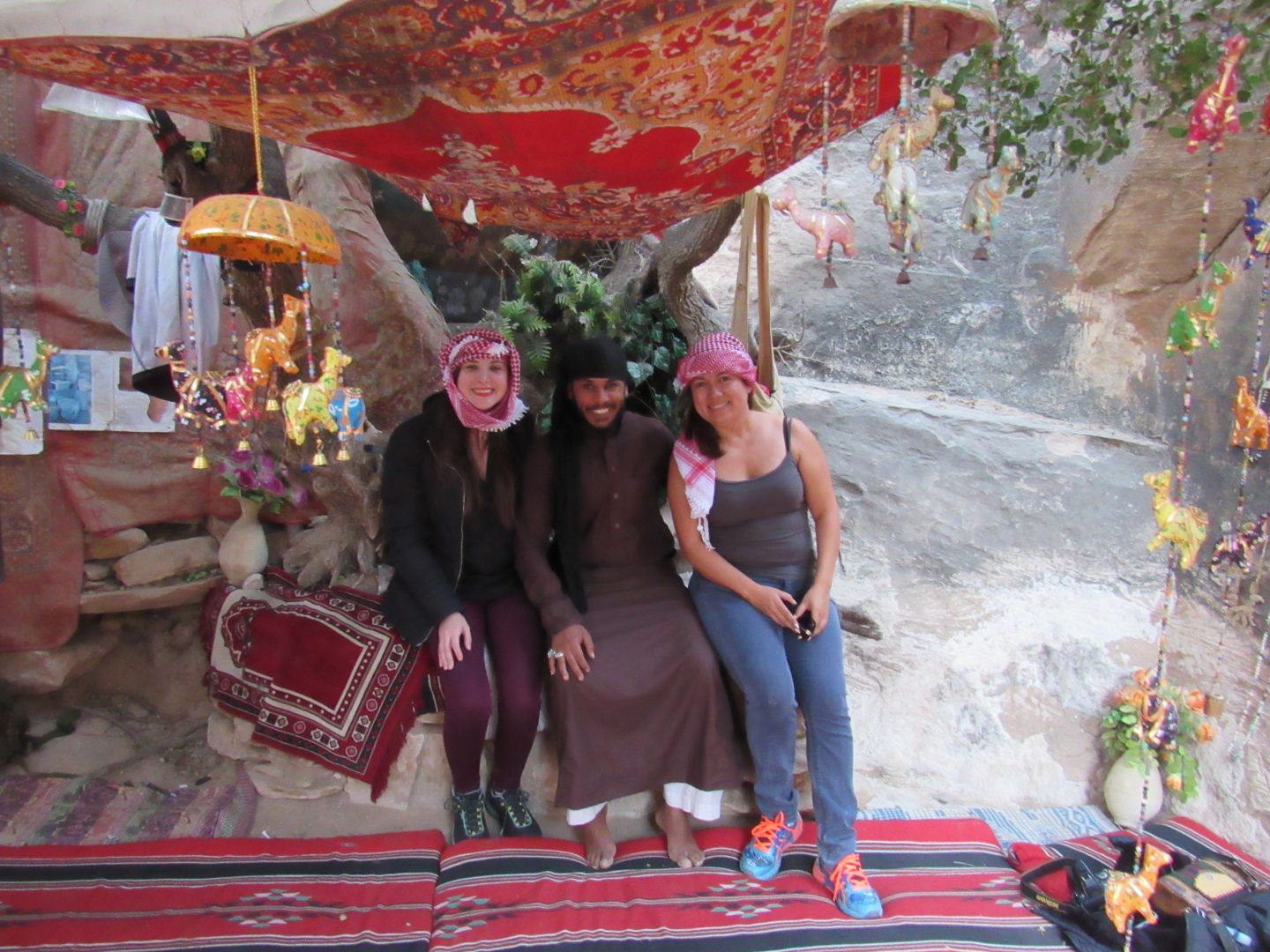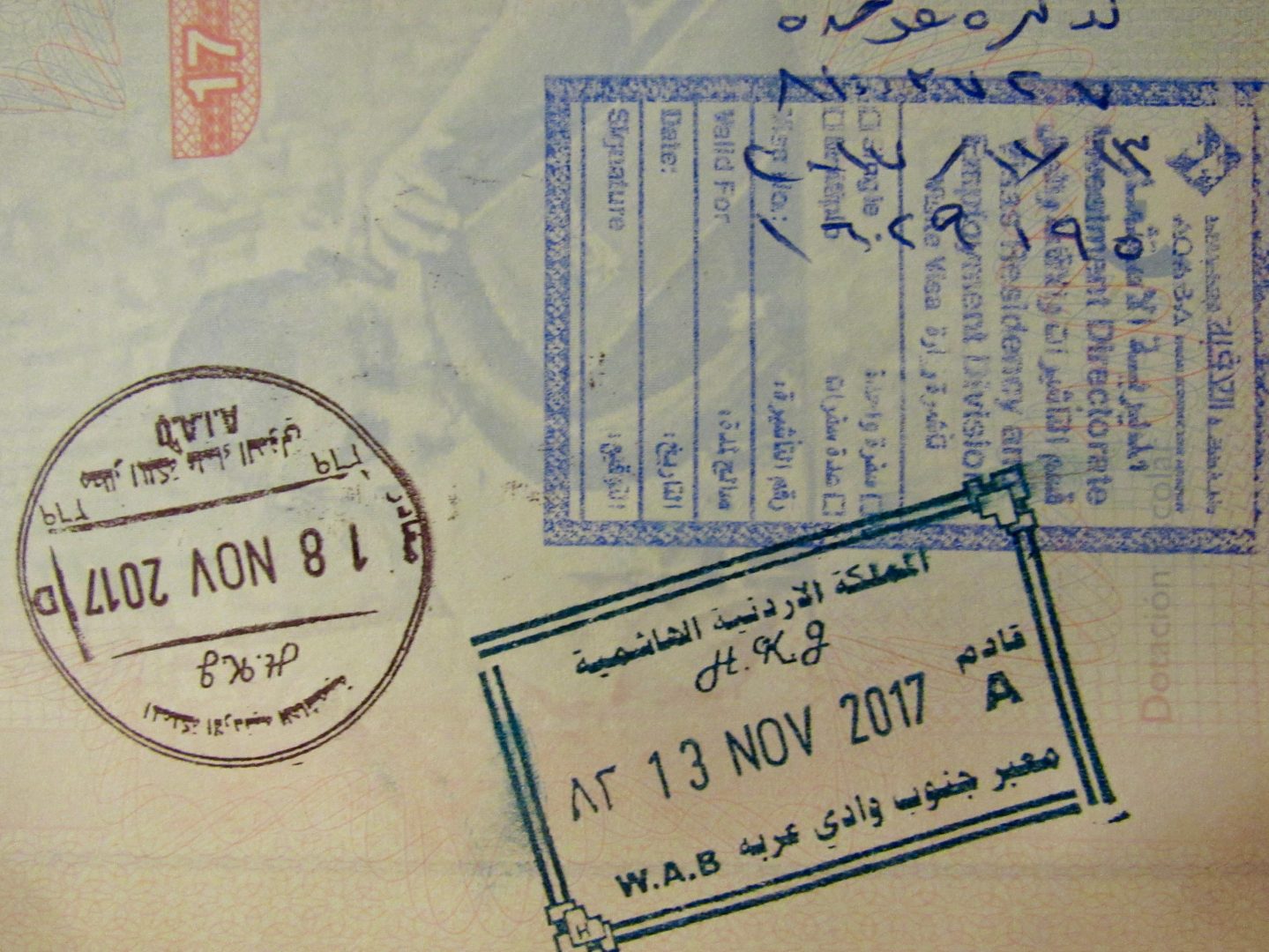Amman’s Roman Amphitheater is a five-minute walk from the city center. You can easily go from your hotel in Amman. Its location is in the northern part of a small hill that many centuries ago served as a necropolis or cemetery. This part of the hill was chosen so that the sun did not bother the spectators.

From the Citadel of Amman you can see incredible views of the amphitheater. Many visit the citadel first and then go down a series of stairs until they reach the theater at the bottom of the hill. The cost of both tickets were included in the Jordan Pass we bought.


You will see an impressive structure of the Roman era when the city of Amman was called Philadelphia after its Ptolemaic leader, Philadelphia. You can go in the morning if you want to take good photos or watch the sunset at the end of the afternoon from its top.
Amman’s Roman Amphitheater was built in the 2nd century A.D.
It was built in the reign of Antenios Pius (138-161 AD) according to an inscription.

It was built in three sections: the rulers sat down right in front of the action; the military in the middle and the people at the top. All Roman amphitheaters in the world are divided in this way. People were separated by status, nationality and gender. The Romans had a strict social hierarchy.

The Roman amphitheater in Amman can accommodate about 6,000 people. Its design is very similar to the Jerash amphitheater. Next to it is the odeon, a building with capacity for 500 people, which was used for musical performances.

At the top was a small altar for the goddess Athena that is now in the Jordan Museum. She was one of the most revered goddesses in the city and the theaters had religious meanings at that time.
Two museums accompany it
You will find two museums in the Roman amphitheater in Amman. On the left is the Museum of Popular Traditions of Jordan.
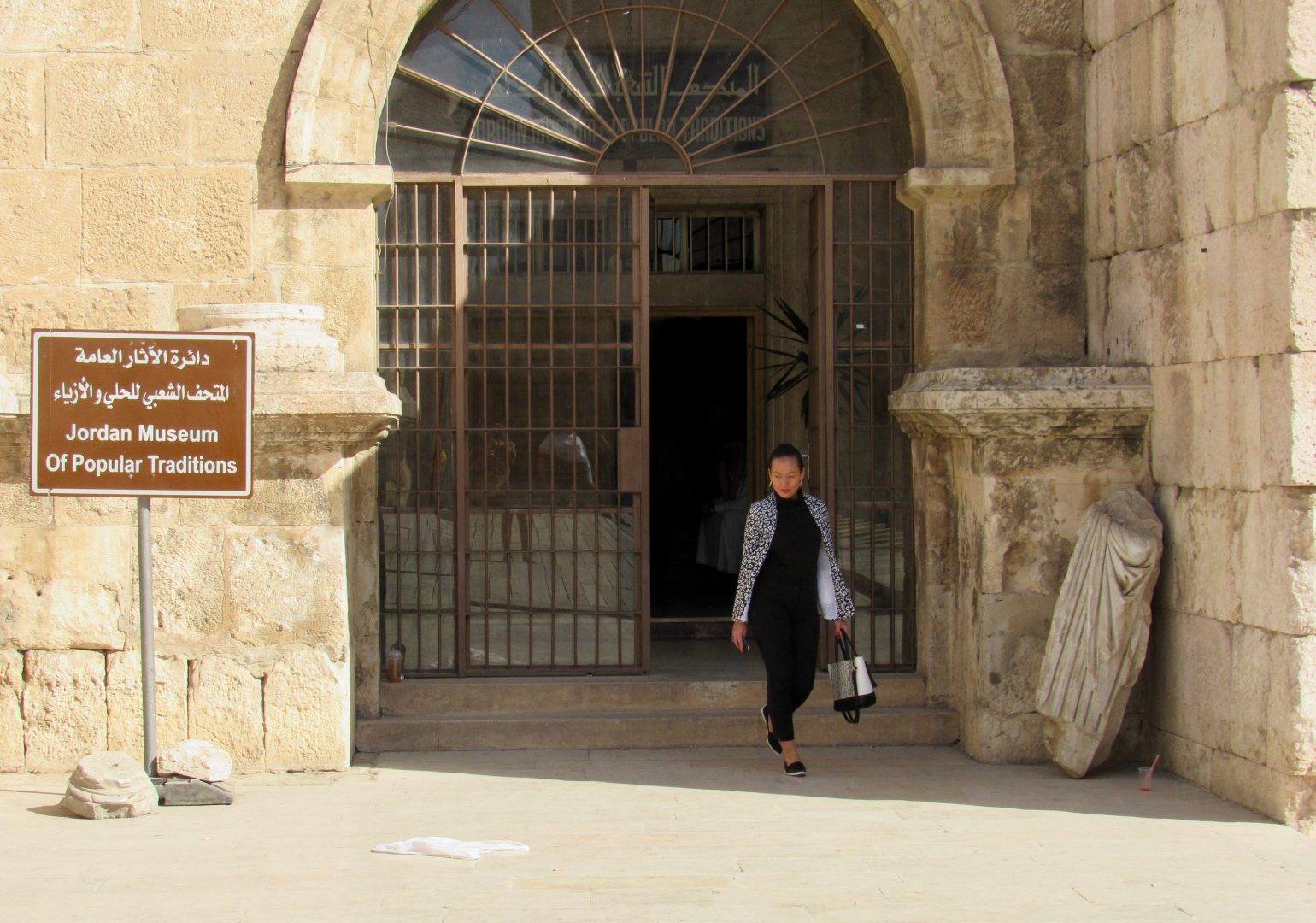
It has a collection of traditional country clothes and nearby sites such as Jerusalem and Belen (Palestine).
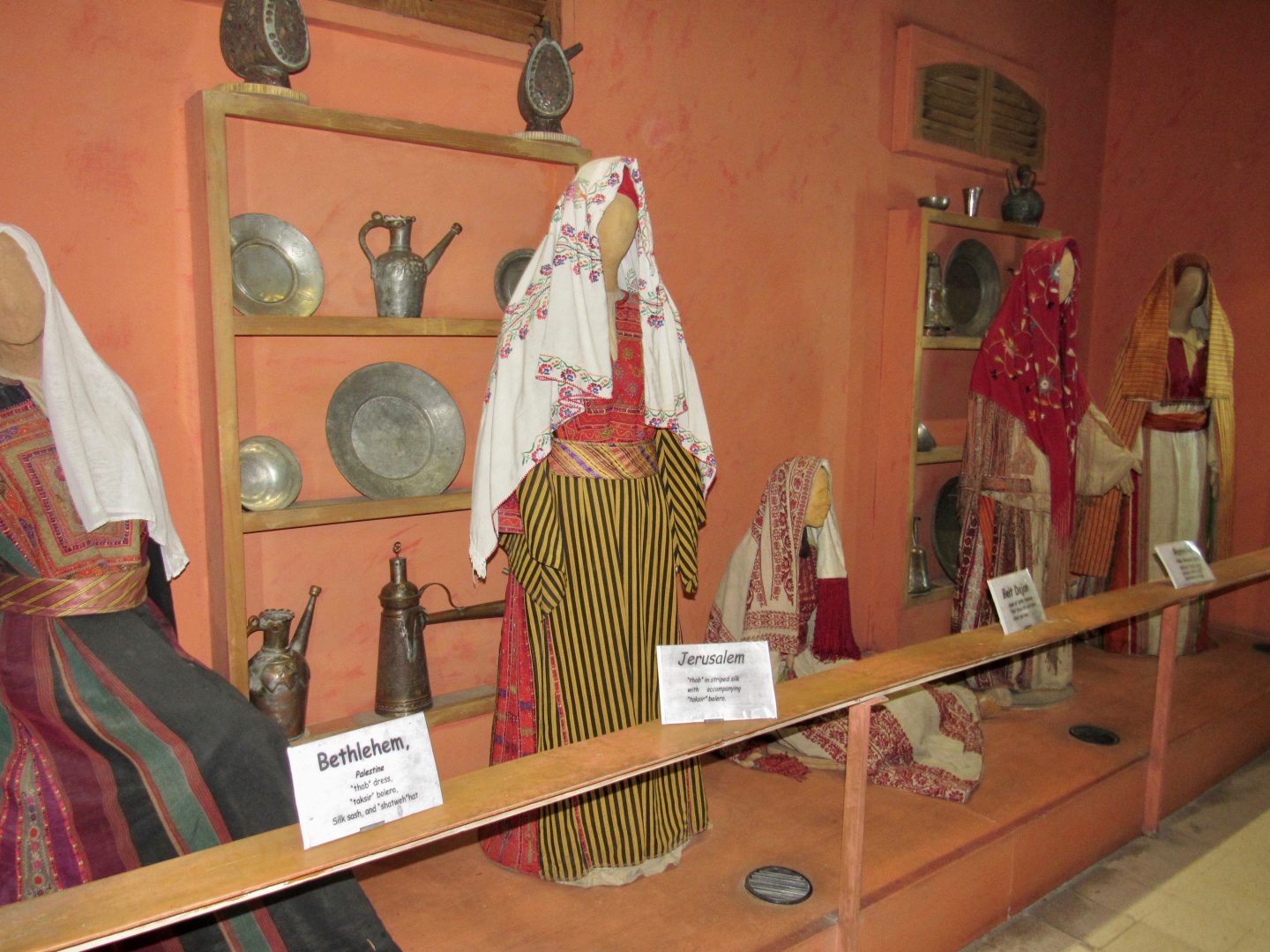
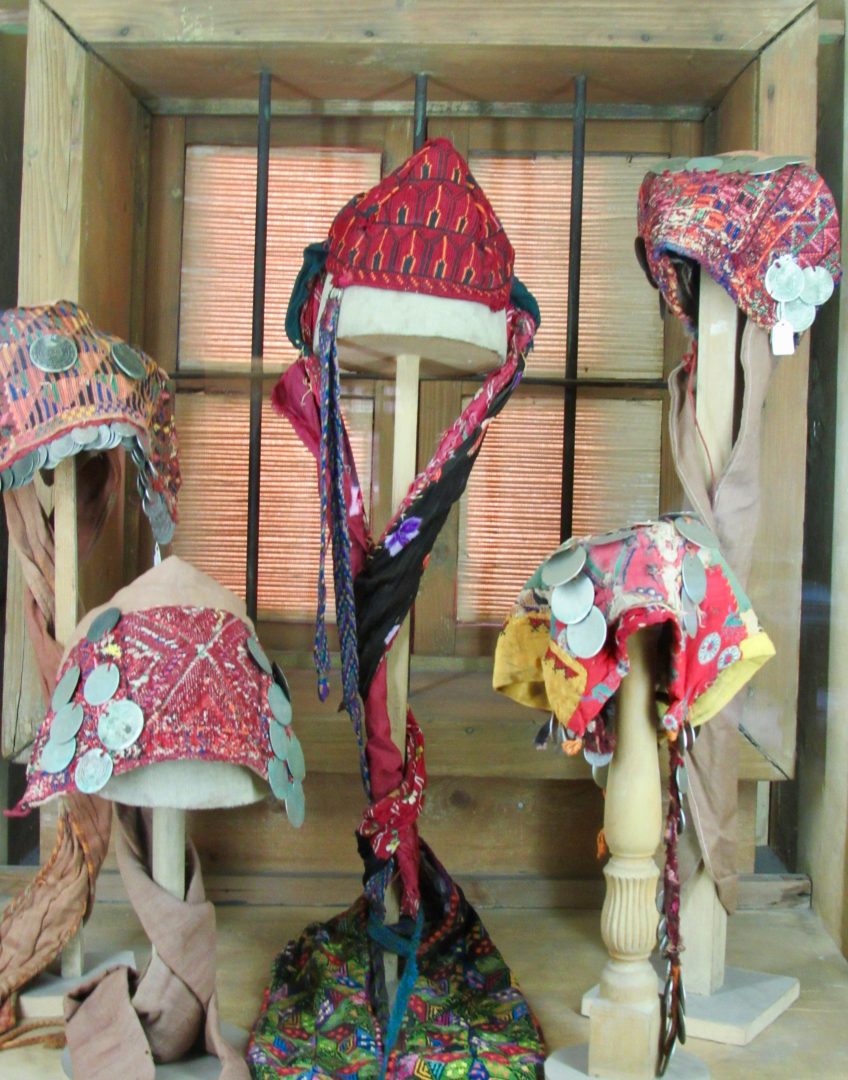
You will see beautiful embroidery on the fabrics, just like antique jewelry.
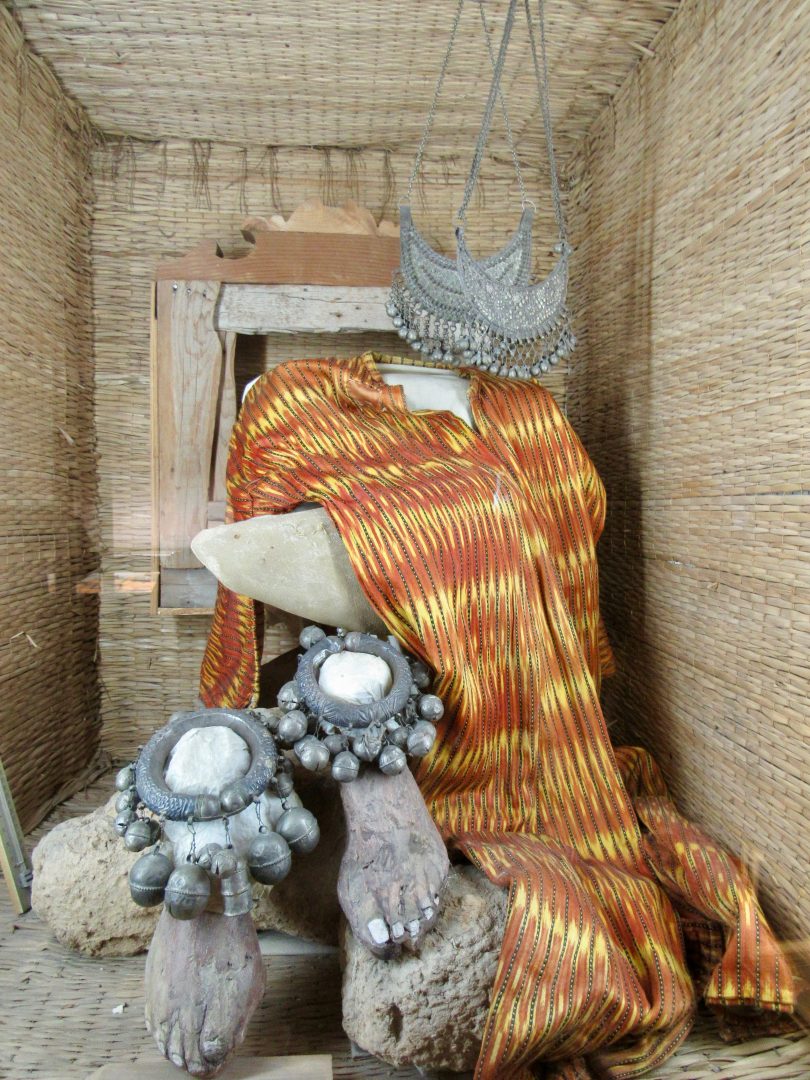
A section of the museum looks like a tunnel or dungeon made of stone. On its walls are sixteenth-century mosaics from Madaba and Jerash.
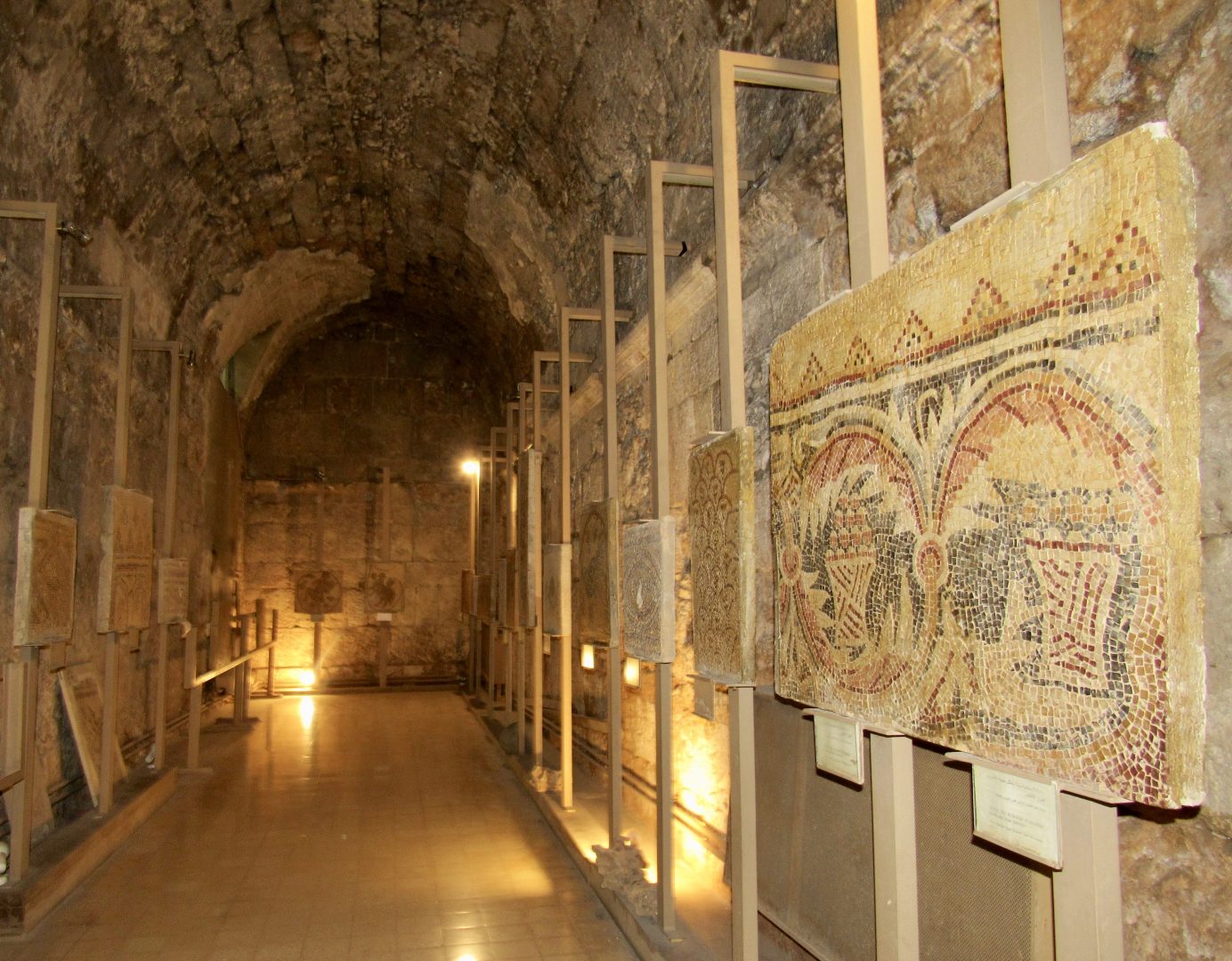
On the right is the Jordan Folklore Museum museum that tells how local people lived.
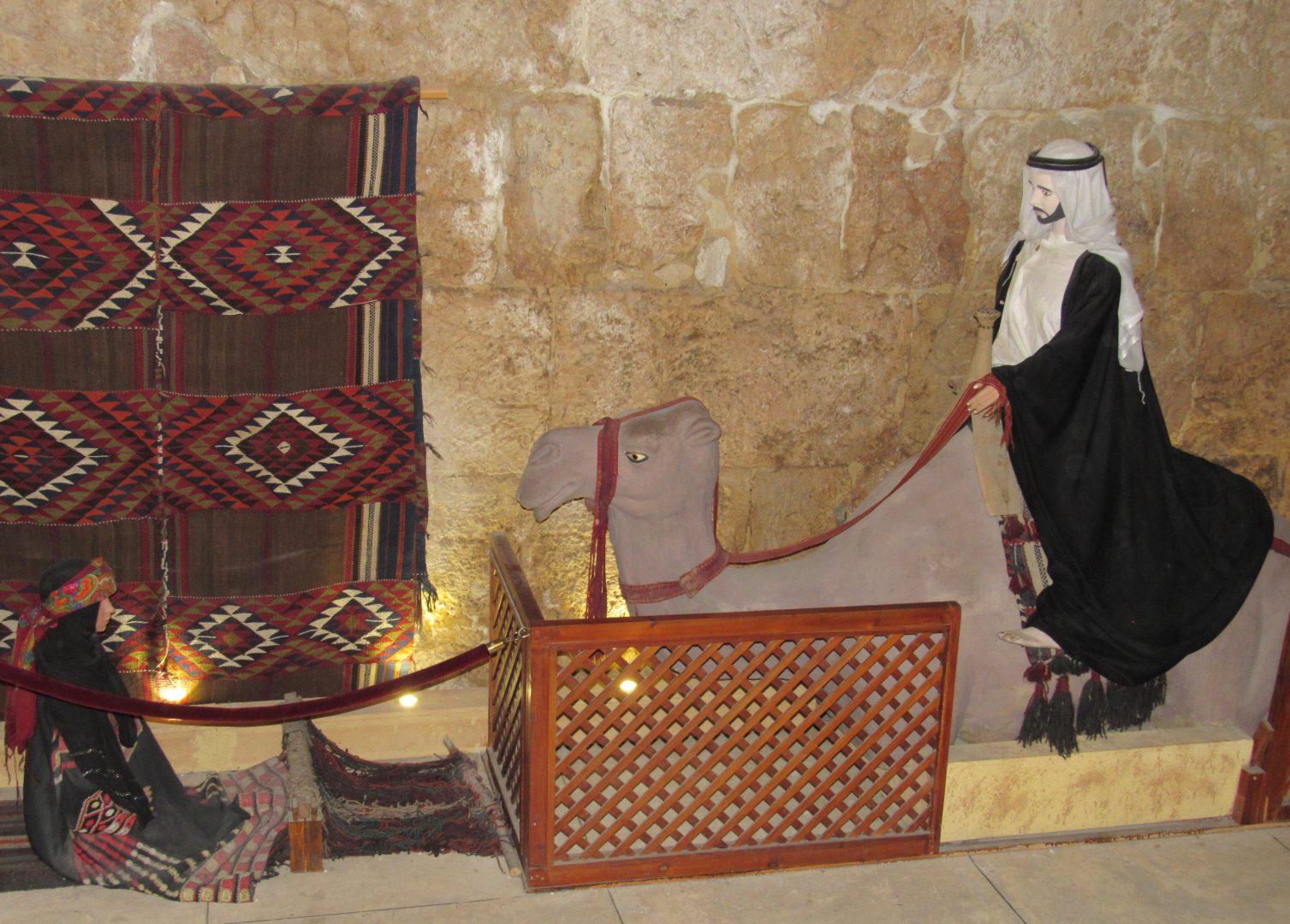
The segregation of the Muslim world is noticeable when you see the family room with women opposite of men and in the other room where only women are making bread and grinding.
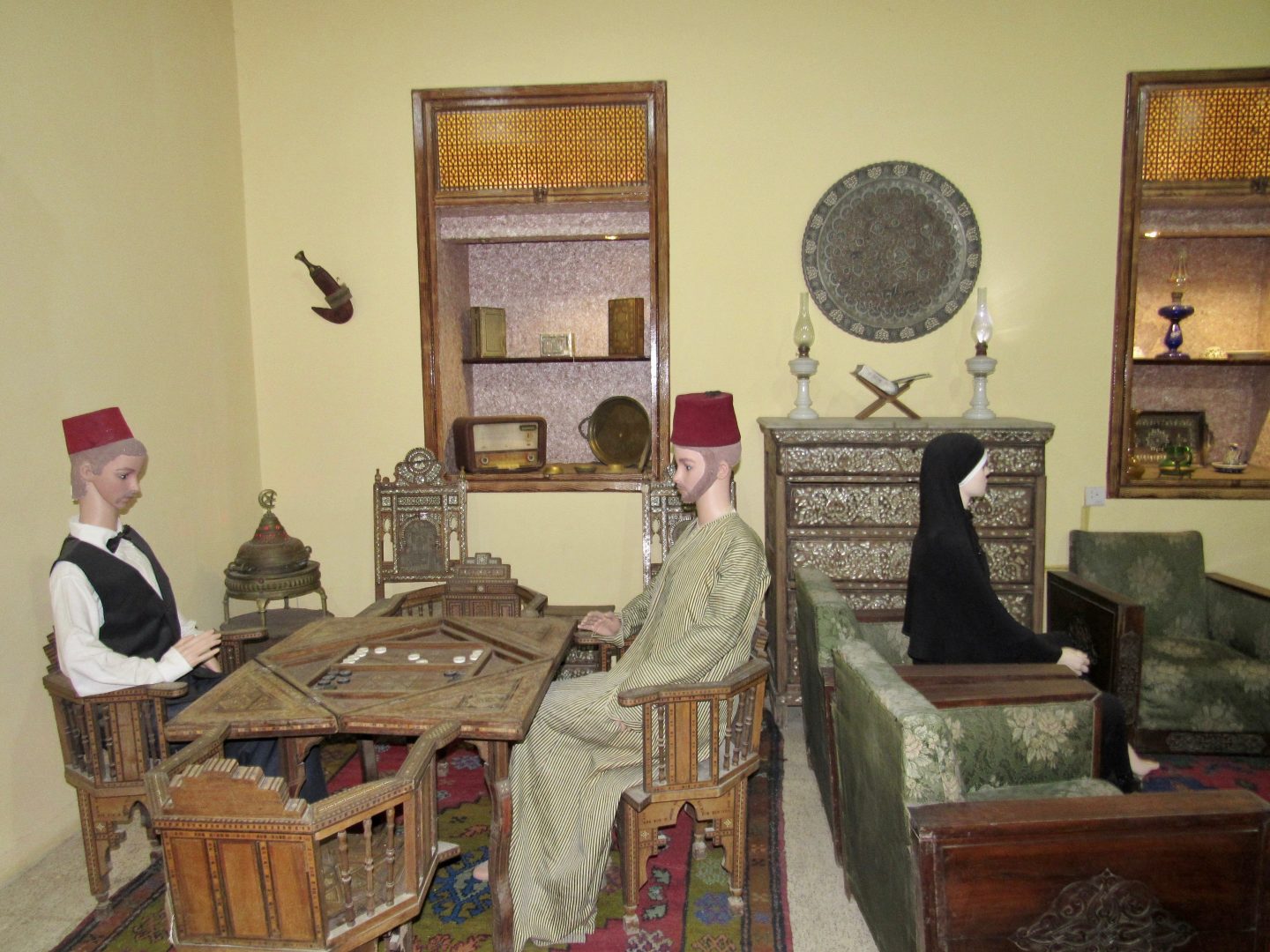
You can take pictures in both museums, but I was scolded by security because some people came out in the picture I took.
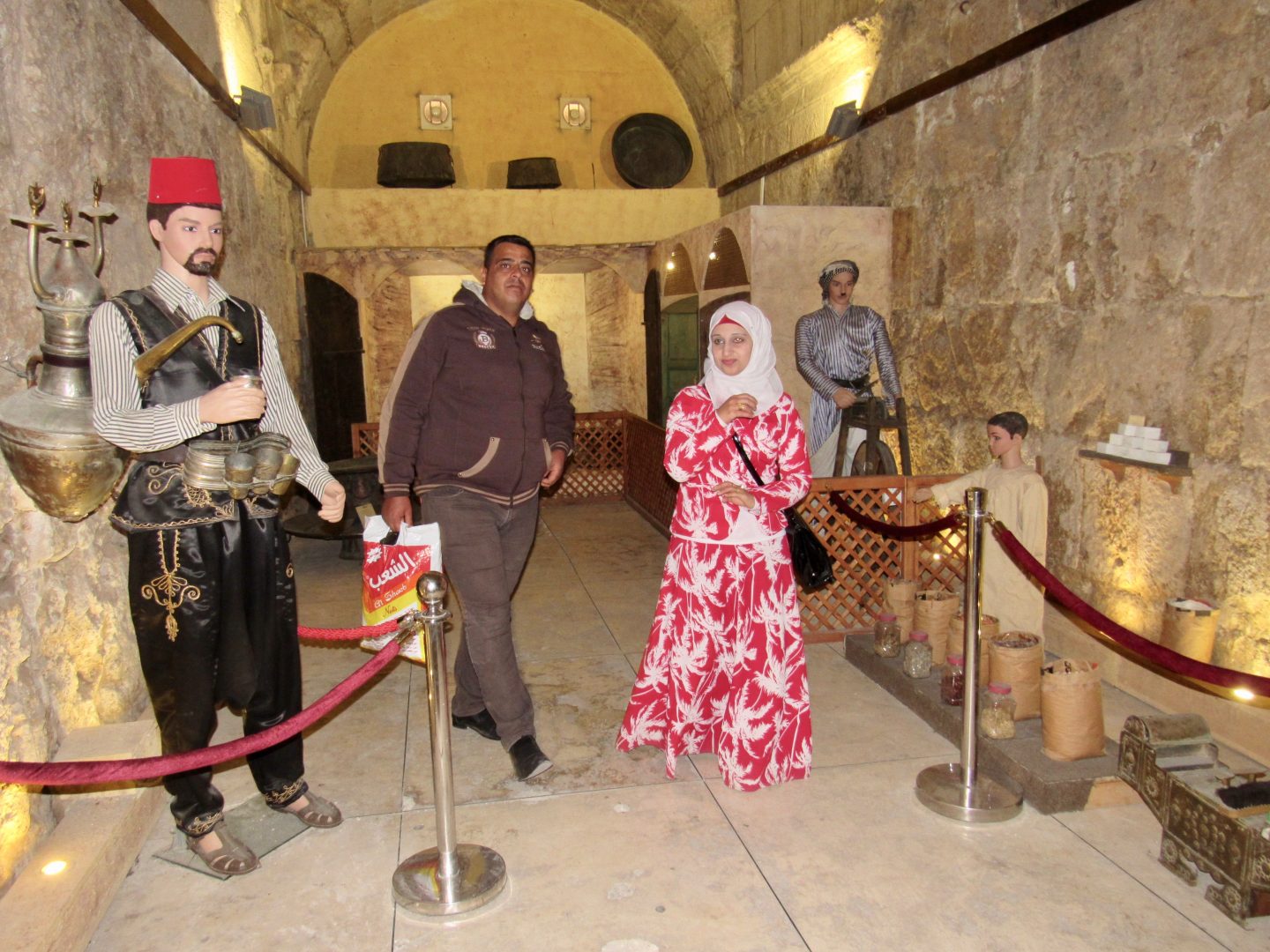
The theater today
Originally this theater was next to a main road and a creek. Over time, the area has been built. Until 1911 visitors mentioned a triple arch door that served as an entrance to the processional stairway to the Citadel of Amman.
Jabal Jofeh, the hill where the amphitheater is located, was a neighborhood for the rich in the 1920s and early 30s. In 1948, the amphitheater and tombs became homes for some 50,000 refugees who left Palestine when part of the country became Israel. In a period of two weeks the population of Amman doubled. Many remained as citizens and exchanged their tents for more permanent structures practically mounted one above the other.

The restoration of the Amman’s Roman Amphitheater took place in 1957. Unfortunately they used materials that were not original, therefore what you see today is not correct. Regardless, the magnitude of it is impressive.
If you visit in the summer you can check your hotel or search online to find out if there is an event. It is common for them to do concerts including the Al Balad music festival.




